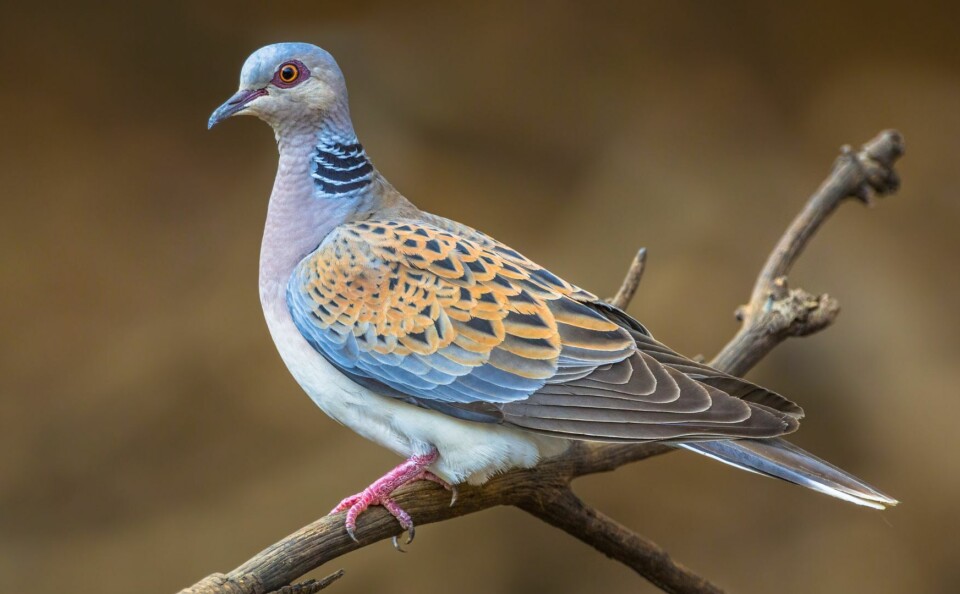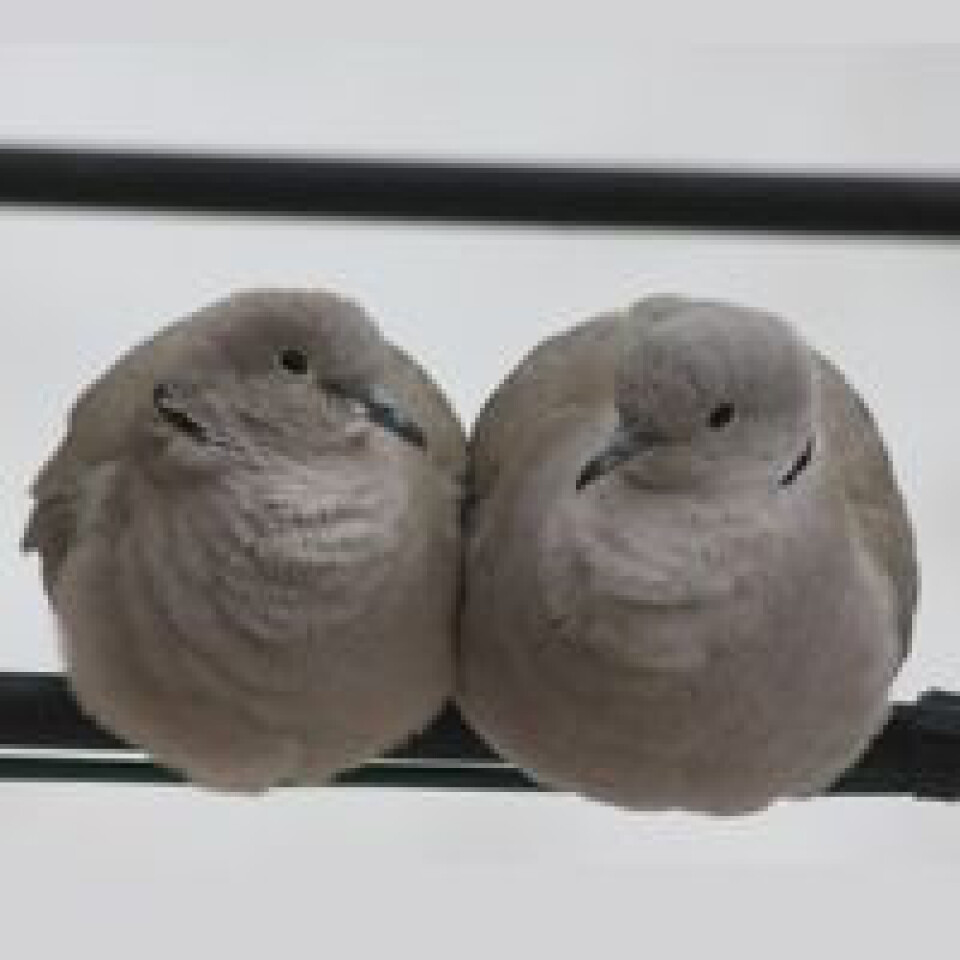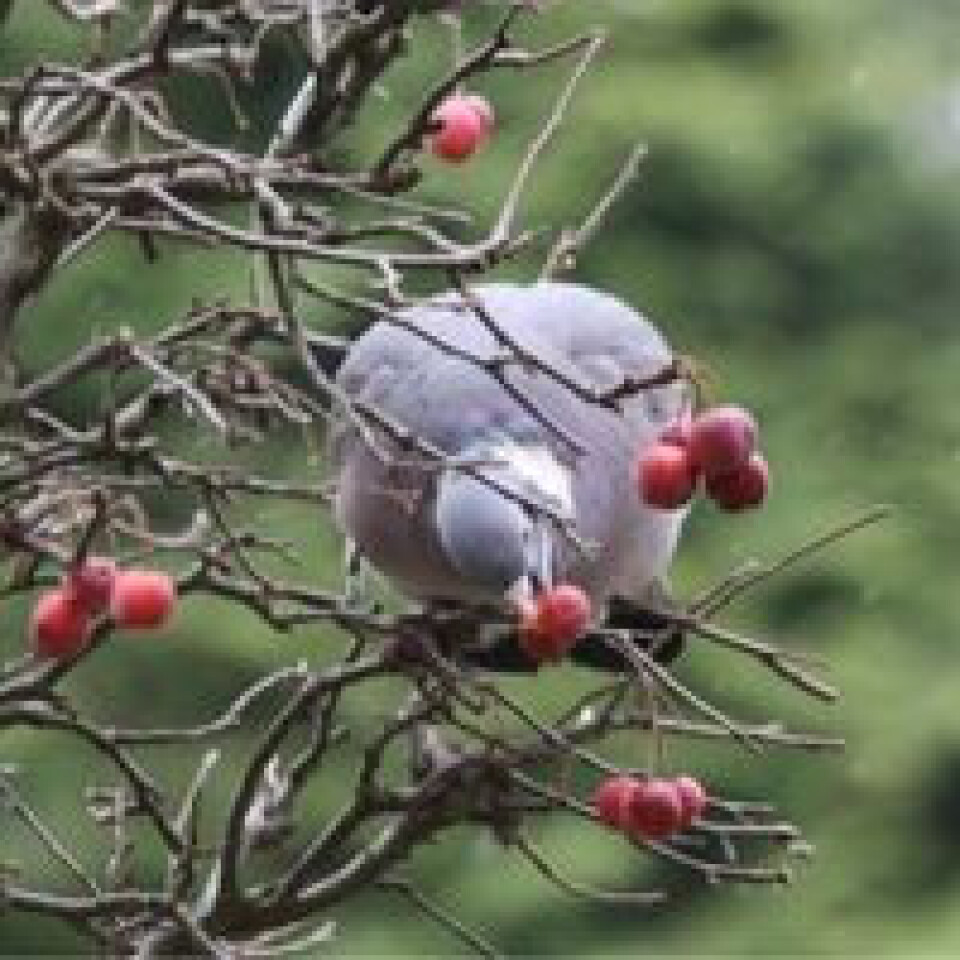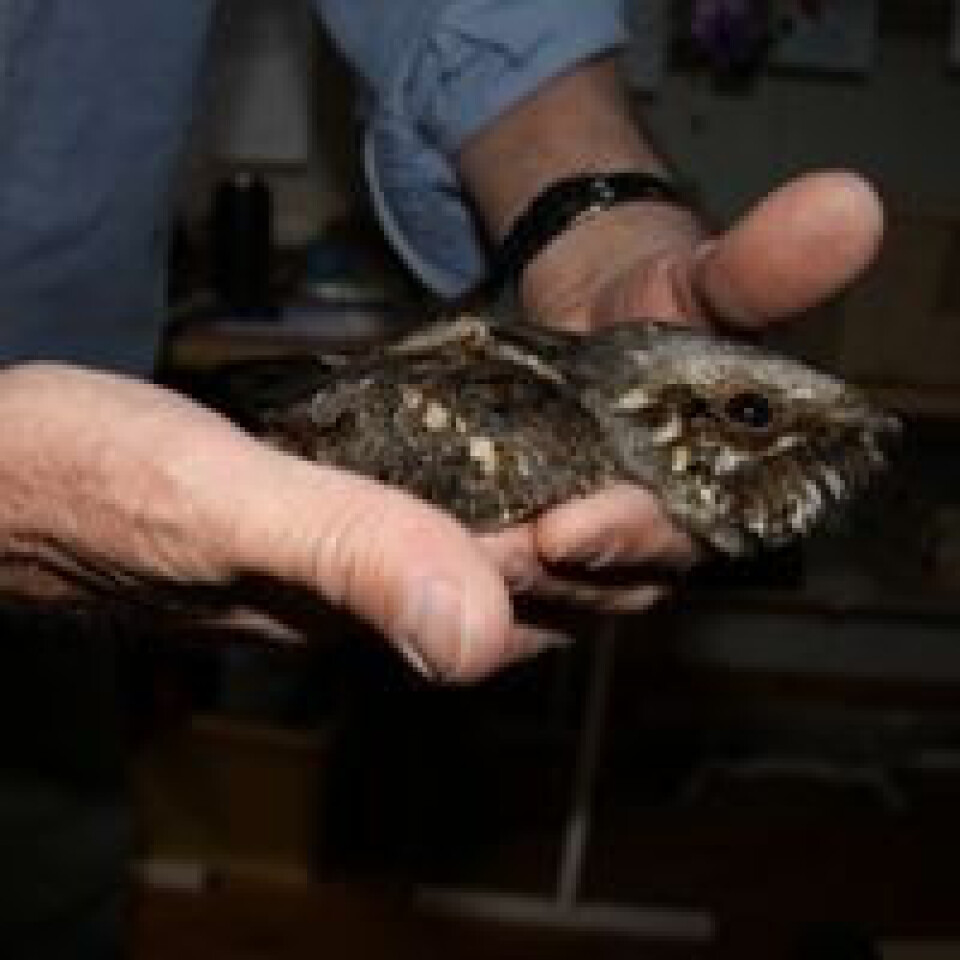-
The origins and meaning of tirer les marrons du feu
As Christmas approaches, we look at a phrase to describe someone who takes advantage of a situation
-
How to identify lounging lizards in France
Learn about the habitats and behaviours of diverse lizard species, from the common wall lizard to the elusive Western three-toed skink
-
The origins and long history of France’s unique wildlife officers
Connexion talks to Julien Nicolas, who fulfils a role created by Charlemagne in the year 803, tackling wildlife posing a danger to the public
Nature watch in France: identify doves and how to help injured birds
Wildlife spotter Jonathan Kemp shares his bird watching skills and how he helped a Nightjar in distress

There is a bird that used to be fairly common in both France and the U.K.
Its call is known as the sound of summer; such a gentle, almost purring, turrrr, turrrr turrrr.
Tragically it has declined by some 90% in the UK, and France is following close behind, Europe as a whole 80%.
It is the Turtle dove (Tourterelle des bois), and it is that lovely purring call that gives it the name, in the Latinised version turtur.
Migratory birds hunted and in decline
Arriving late on migration, in the month of May, it will soon be gone in August, when it sets off to its ‘wintering’ grounds south of the Sahara.
Once more it is the migratory birds that are declining most, unbelievably still hunted both on the journey and whilst here in France, despite being a protected species for some years.
Read more: France reviews reauthorising traditional net and cage bird hunts
Read more: France's swallow population has fallen by 40% in the last 20 years
You will have heard of the massacre that takes place in Malta, for instance, where to this day many rare species are indiscriminately blasted out of the sky as they attempt to land and rest at night passing across the Mediterranean.
Plan to track Turtle doves
Inevitably this has led to this dove species being shy and quite difficult to observe, and only in the countryside, often perched on telephone wires or hidden away up in the tree canopy.
The LPO (League pour la Protection des Oiseaux) is currently mounting a scheme to equip 100 turtle doves with satellite trackers (balise) in order to be able to follow their journeys closely, and find out precisely where the hazards lie.
Inevitably this will be expensive, both for the equipment and paying the satellite companies.
Collared dove does not migrate
The turtle dove should not be confused for another pretty little dove that has spontaneously colonized the Western end of the Mediterranean in the last 30 or 40 years.
It is the Collared dove, (Tourterelle turque) which has spread out from its original heartland in Turkey and the Eastern Mediterranean.

Collared doves huddling together (Tourterelle turque) Photo: Jonathan Kemp
This dove has the advantage of happily living alongside humans in towns and villages, and also, does not migrate.
This will be the dove you can see as it flies around buildings, and in spring uttering its typical three-note call; doo dooo do, with the stress on the middle syllable.
The last note is lower, giving the idea that it is a depressed Manchester United fan; U-nit-ted as the coo fades downwards.
This bird is a little disparaged by the serious birder, being recent, common and confiding – and coinciding with the disappearance of the turtle dove.
However, they are lovely, and capable of nesting early in the year; the pair pictured above were huddled together on a cold winter’s day.
Note the black ‘collars’ that make identification easy, and watch out for the typical rising and falling flight as they mark out their territories, a flight also practised by many of the dove and pigeon family.
Wood Pigeons are larger than their town cousins
Of course, there are several other members of this family that we are all vaguely familiar with; the most notable being the Wood Pigeon (Pigeon ramier).
It is the large size that distinguishes it from its townie hybrid cousins – these are birds that exude an air of good health, and generally they prefer to live in woodland.
Look out for the broad white band on the wing as they clatter away on take-off or when rapidly flying by, closer views will show a white neck patch and a pale yellow eye.

Wood Pigeon (Pigeon ramier), Photo: Jonathan Kemp
In horizontal flight they are fast direct flyers, and can outfly a Peregrine falcon if they are not taken by surprise from above, the famous ‘stoop’ that makes peregrines the fastest animal on the planet.
There is a mnemonic for their call also; Welsh readers forgive me, but it is ‘steal two cows taffy’, with the emphasis on the second syllable, repeated several times.
A unique feature of the pigeon/dove family is that they can feed their young from ‘pigeon-milk’, a fluid that the adults produce in the crop and the young will drink directly.
Again, these pigeons are a favourite target of the hunting fraternity.
Strange call of the Common Nightjar
If you live in the right sort of habitat – rural, pine or mixed woodland with dry sandy soils and glades – as dusk falls you might be treated to the sight and sound of the Common Nightjar (Engoulevent d’Europe).
Its call is strange, mechanical and repetitive, a little like the sounds that we made as children by fixing a playing card to a bicycle that was flipped by the passing wheel spokes.
This sound can go on with only short pauses for hours throughout the night in the late spring, and can be heard 1 kilometre away.
There is also a wing clap during the display flight, which jigs around like a vast butterfly.
Drawn to the colour white
Interestingly, they are one of the few birds that will come and fly above you on purpose if you walk in their territory at dusk; take a white handkerchief and wave it in the air and they might come to take a look.
I even had them flying over my mainly white dog as she walks, perhaps drawn to the colour by the fact that the males have a white spot on the outer wings that shows up in the dark.
They are ground nesting, and will not move during the day, relying on the marvellous camouflage to stay hidden.
Large mouths for trapping insects
Nightjars have a tendency to sit on warm roads as the evening falls.
Maybe as a result of this I once took in a stunned bird to take care of until it was ready to go to a specialised care centre.
In the event it was not necessary, as it ate well – emergency food for insectivores are water-soaked kitten croquettes – and soon recovered and we were able to release it the next day.

Nightjar in need of care, Photo: Jonathan Kemp
They have an extraordinarily large gape, opening very wide to trap flying insects at night whilst on the wing.
Rescuing and caring for injured birds
It is something that is very hard to do.
I imagine everyone knows by now that if you find a young bird in Springtime, perhaps fallen out of the nest, unable yet to fly, by far the best thing to do is to (having quickly checked it for obvious injury, bleeding or broken bones, in which case take it to a vet – friendly ones will do first aid for free) put it up somewhere out of harm’s way, ideally in the nest if you know where it is but if not on a nearby branch, and leave it alone.
Read more: Found a distressed bird or animal in France? Here’s what not to do
The parents will feed it until it is ready to fledge safely, and care for it much better than a human can.
They have invested tremendous amounts of attention into their offspring so far, and will continue to do so if at all possible.
Out of the breeding season it is harder to know what to do about an animal in distress.
I would never turn away someone who turns up on the doorstep with a bird but the local LPO prefers to only occupy itself with rare or endangered birds, knowing the nearest care centre, nearly 200 kilometres away, is so overwhelmed with rescued animals that they have to temporarily shut their doors to any new arrivals.
They simply do not have the space, staff or funds to cope with anymore.
In one way this is good as the general public is obviously more aware and prepared to look for a solution, but on the other hand they are victims of their own success.
A great way to help is to make a donation so that more staff could be hired, or perhaps another centre set up.
Information on rescue centres in Hérault, Occitanie
Related articles
Racing pigeons still missing after getting lost in storm over France
Petition to ban cockfights in France reaches over 30,000 signatures
























